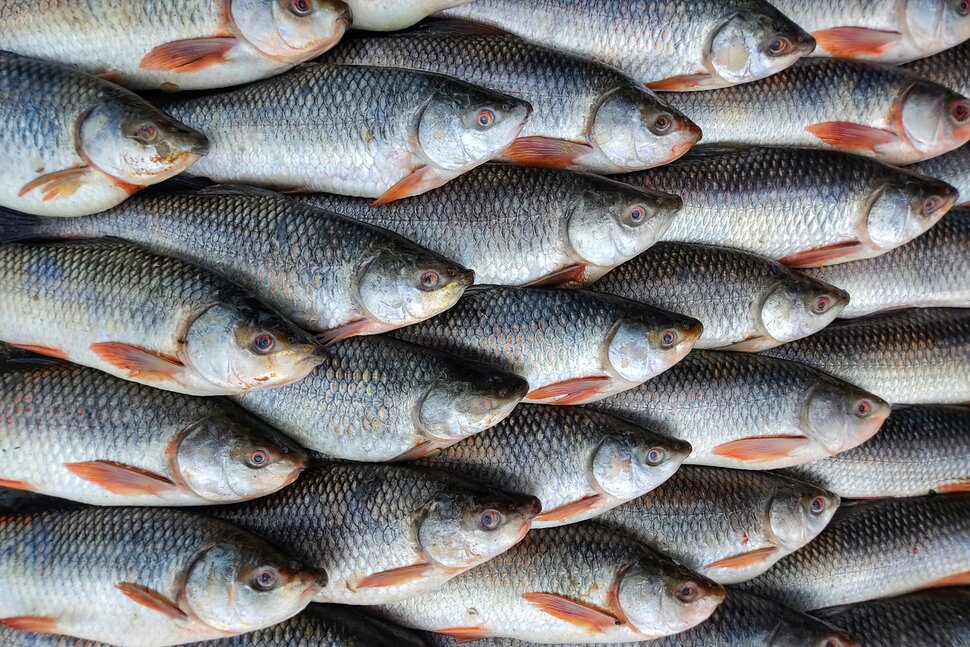Plastic Fish Is Only A Myth- FDA

The Food and Drugs Authority (FDA) of Ghana has explained why assertions about the existence of plastic fish are false.
This was contained in a document it put out in December 2020.
Read The Full Write-up Here:
The outer protective covering (skin) of a fish’s body and fins is a multifunctional organ, with morphological features highly adapted to carry out its functions. The protective covering consists of two layers -the outer layer which is the epidermis and the inner layer, the dermis.
The outer layer, the epidermis, is essentially cellular in structure. It comprises a multilayered epithelium that usually includes specialized cells and is protected by mucous secretions. The inner layer, the dermis, is primarily a fibrous structure with relatively few cells composed of densely packed collagen fibres.
It may also contain nerves, blood vessels, adipose tissue, and pigment cells. Fish skin, therefore, contains COLLAGEN which accounts for its elastic nature. The Collagen fibre consists of amino acids wound together to form triple-helices that form elongated fibrils. It is mostly found in fibrous tissues such as tendons, ligaments and skin.
The primary function of the collagenous matrix is to strengthen the thin skin to protect the fish against splitting under tensile force. Collagen also provides the fish skin with its elastic properties. The higher the amount of collagen in the dermis of the skin of fish, the greater the elastic property of the skin of the fish. Fishes, like mackerel, have small scales with the exception of those immediately posterior to the head and around the pectoral fins.
The entire skin is therefore not protected by scales, a situation which makes it easy to be processed and eaten without removing the scales. Mackerels, unlike other fishes, therefore, have their skins developed very thick with comparatively high elasticity to compensate for the lack of scales on most parts of their bodies.
Thus, these fishes have adapted to having high collagen in their skin for survival. During the processing of such fish e.g. smoking, the heat application converts the collagen into gelatin. This makes the smoked fish brittle when dry and gummy when moist.
Furthermore, the property of collagen and its derivative gelatin has found its use in the food and pharmaceutical industry as edible films or coatings for sausages, medicines etc. What you may think is plastic in the fish or plastic fish is actually not plastic but the collagen or its derivative gelatin that is giving the fish skin its elastic property.
Note that plastics are not edible but the collagen is. So, the next time you think your fish is plastic, ask yourself these questions; Is it chewable or edible? Because plastics are not chewable or edible. Does it melt or burn when heat is applied? Because plastics will melt with no ash left but collagen will burn leaving ash behind.








